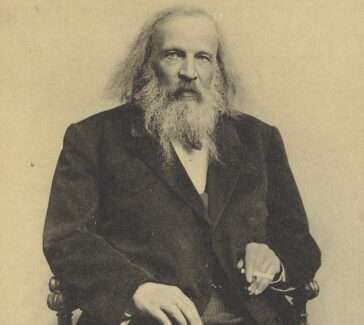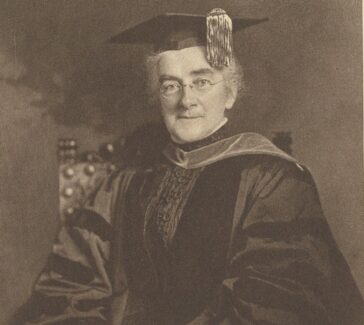Arnold O. Beckman
In 1934 Beckman invented the first commercially successful electronic pH meter and then went on to found an international scientific instruments company.
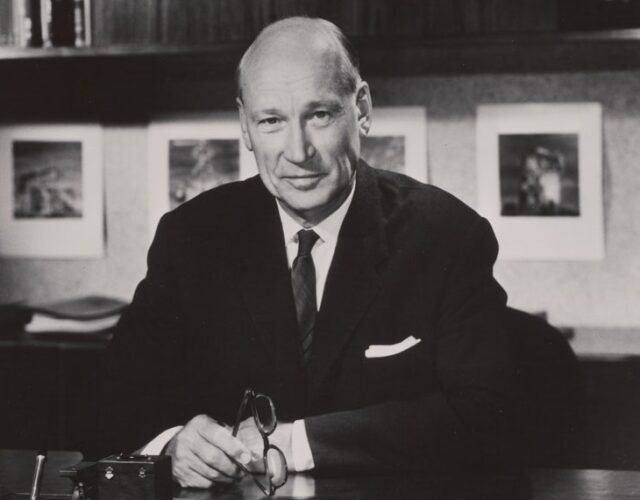
When a friend asked Arnold Beckman to engineer a better device for measuring acidity in citrus fruit, Beckman came up with the first commercially successful electronic pH meter.
That invention was the start of what is today Beckman Coulter (formerly Beckman Instruments), which manufactures and markets instrument systems for conducting basic scientific research, new product research, and clinical diagnosis—and, of course, for students at all levels.
From Cullom to Caltech
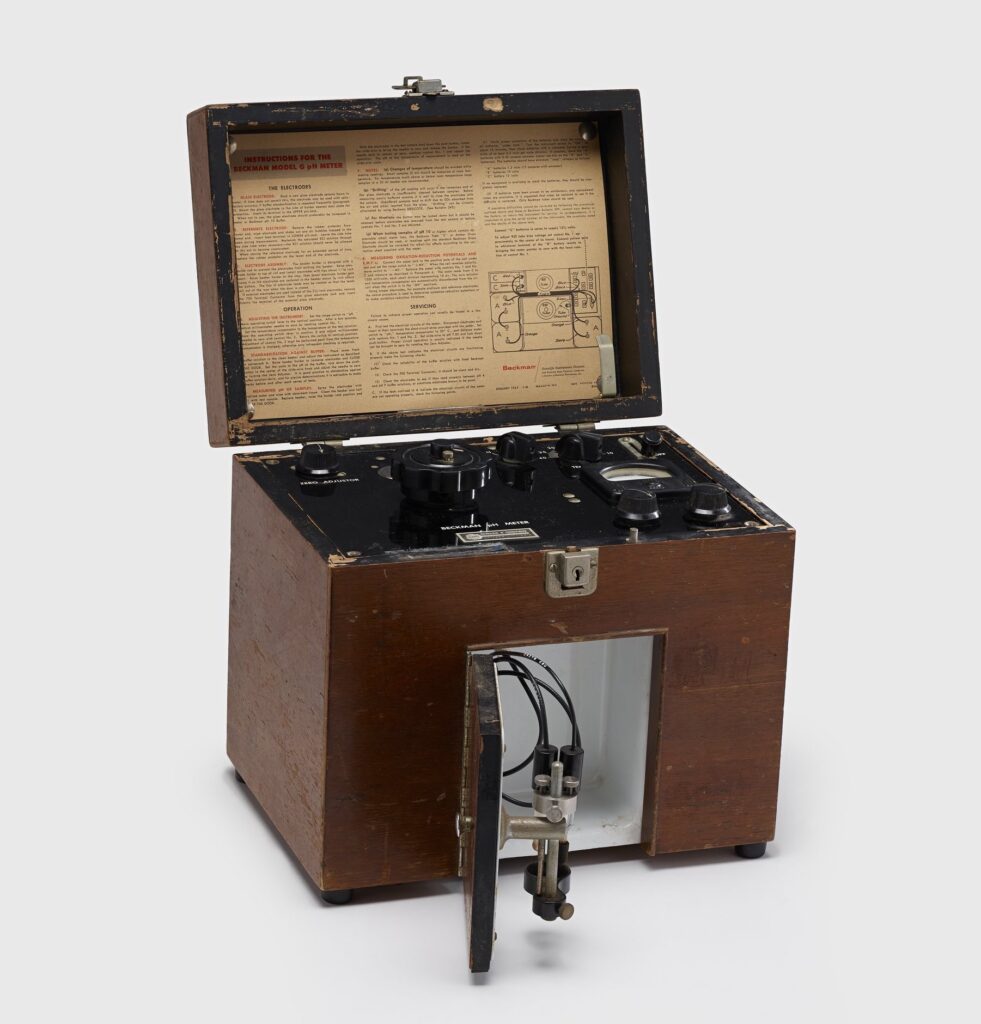
Beckman (1900–2004) was born a tinkerer. From a young age his curiosity led him to experiment and build using electronic parts and chemicals that he found around his small hometown of Cullom, Illinois. After a stint with the U.S. Marines in World War I, he studied at the University of Illinois under Carl “Speed” Marvel, working on dialkyl mercury compounds.
Unfortunately, Beckman suffered a bout of mercury poisoning while conducting this research, and so he shifted his attention to physical chemistry, finally graduating with a degree in chemical engineering. Afterward Beckman went to the California Institute of Technology (Caltech) to study physical and chemical analysis.
Beckman then joined Western Electric’s newly formed Inspection Engineering Department to work on statistical methods of quality control. The company manufactured thermionic vacuum tubes and photoelectric cells, which got him interested in electronics. Beckman returned to Caltech to complete his doctorate and teach industrial chemistry while acting as a business consultant.
The First pH Meter
In 1934 a former classmate of Beckman’s from the University of Illinois, who had the job of measuring the acidity of lemon juice for the California Fruit Growers’ Association, asked Beckman to devise a sturdier electrical instrument for the task. Close control of acidity is critical in the manufacture of many industrial products.
Yet despite the introduction of the pH scale by Søren Sørensen in 1909, industrial chemists had continued to use traditional color tests for acidity well into the 20th century. Beckman, in response to his colleague’s request, invented the acidimeter (forerunner to the legendary first commercially successful electronic pH meter).
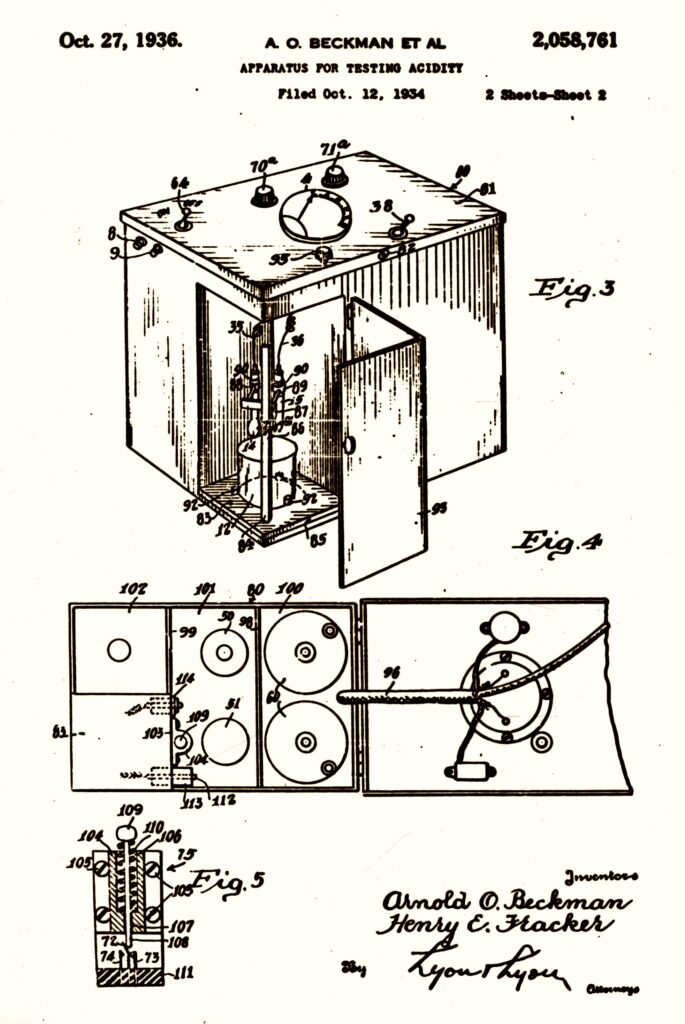
Birth of Beckman Instruments
To make his original pH meter sturdy, he used the then recently invented vacuum tube. Although he was cautioned against starting a company to offer a $195 instrument to scientists struggling to keep laboratories going in the middle of the Depression, Beckman went ahead, and the firm, Beckman Instruments, was a success.
At the end of its first year of operation 87 pH meters had been produced; 12 months later Beckman Instruments had sold 444 pH meters. In 1940 Beckman started work on a revolutionary ultraviolet spectrophotometer (known as the Beckman DU) to improve analytical precision in chemical analysis. And in response to war needs, in 1942 Beckman also built an infrared spectrophotometer (the Beckman IR-1) for measuring the butadiene content of refinery gases in synthetic rubber production.
Beckman Instruments became a public company in 1952 and has continued its production of scientific instruments to meet a wide variety of laboratory needs, from medical research to drug discovery and diagnostic tools.
Other Contributions, from Environment to Education
Although Arnold Beckman gave up his faculty position at Caltech in 1940 to pursue private enterprise, he remained deeply involved with education and research, serving on Caltech’s board of trustees from 1953—as chairman from 1964 to 1974—and on the governing boards of several other colleges and universities. Through the Arnold and Mabel Beckman Foundation, the Beckmans contributed substantially to the advancement of education and research nationwide.
Among other contributions to our technological civilization, Beckman led the fight to diagnose and control the sources of pollution that were, by the 1950s, making the air surrounding Los Angeles and other big cities around the world unhealthy to breathe. He also helped create Silicon Valley as the center of the semiconductor industry in the United States through his encouragement of William Shockley, an inventor of the transistor, and by establishing in 1955 Shockley Semiconductor Laboratories as a subsidiary of Beckman Instruments (see also Gordon E. Moore).
Recognition
In 1998 readers of Chemical and Engineering News voted Beckman one of the most influential chemists of the 20th century. In 1999 he was awarded the Public Welfare Medal, the National Academy of Sciences’ highest honor. In 2000 Arnold Beckman was awarded the Special Millennium Edition of the Othmer Gold Medal at the Chemical Heritage Foundation, now the Science History Institute, in recognition of the fact that he, as instrument maker, entrepreneur, philanthropist, and public servant, established an industry, helped defined an era, and enriched our chemical heritage. His thoughtful investments in basic research and interdisciplinary endeavors form a living legacy of excellence in the work of the various Beckman Institutes and Centers, and of a multitude of investigators and educators.
For more on Arnold O. Beckman’s contributions, watch the video below or visit the Arnold and Mabel Beckman Foundation’s website.
Featured image: Portrait of Arnold O. Beckman, 1959. Science History Institute.
You might also like
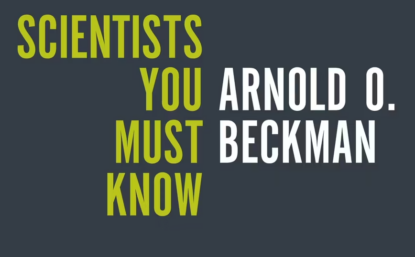
Scientists You Must Know: Arnold O. Beckman
Film series featuring the electrifying stories of scientists whose insatiable curiosity about the world changed it forever.
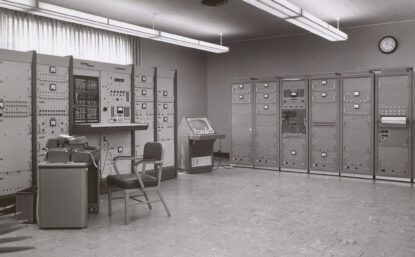
Arnold O. Beckman Legacy Project
Get to know the instrumentation pioneer who contributed to the intellectual and material developments that defined 20th-century science.
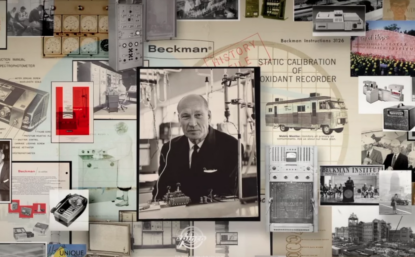
The Instrumental Chemist: The Incredible Curiosity of Arnold O. Beckman
This one-hour documentary highlights six of Beckman’s groundbreaking scientific instruments.


